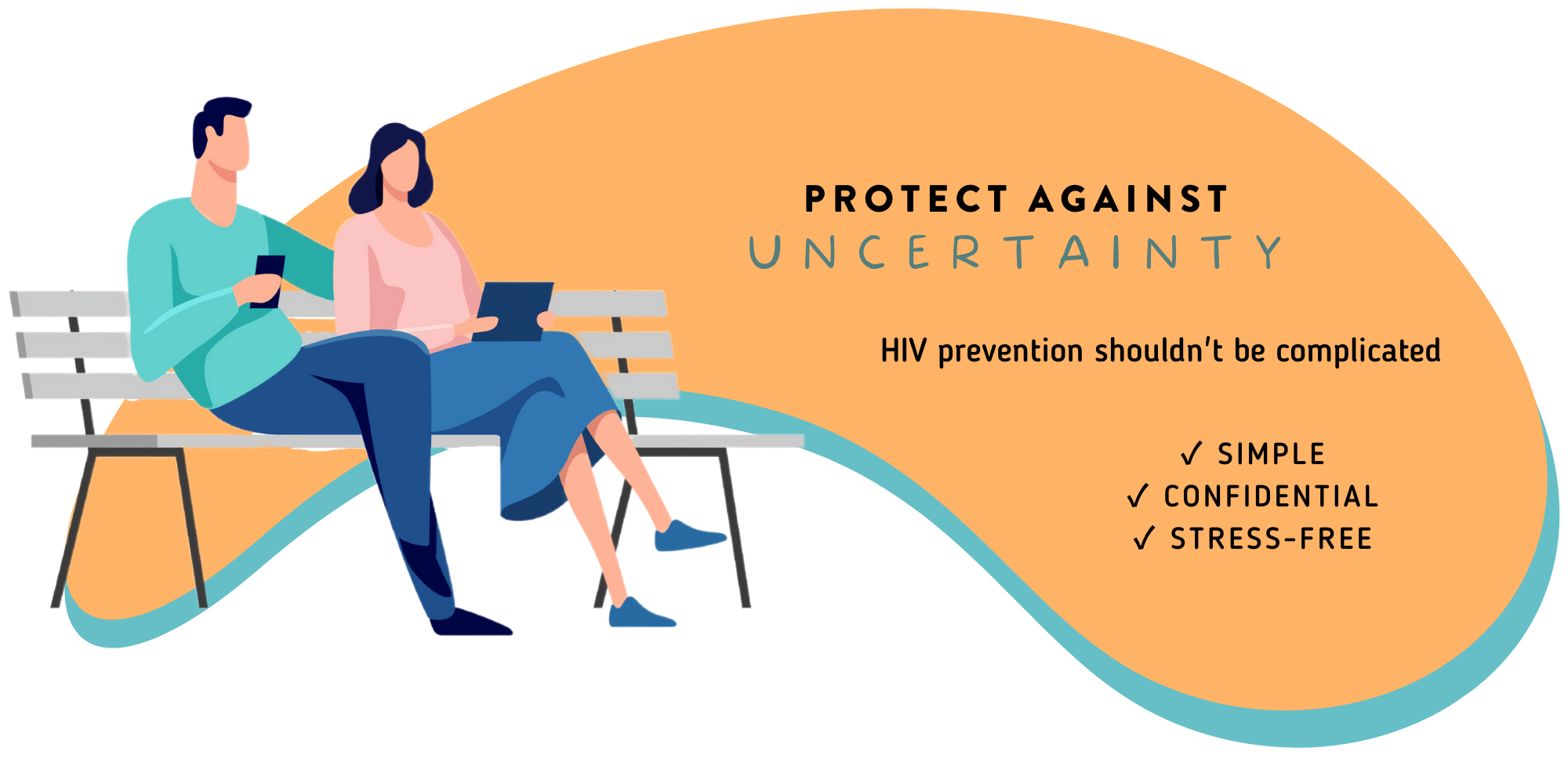HIV infection is not a contagious infection; unlike the flu. It is not transmitted from person to person in daily life. This is important information because many people still reject HIV-positive people in the workplace because of unfounded fears and risks that do not exist. In contrast, HIV infection is a transmissible infection in specific situations.

HIV infection is transmissible under the following circumstances:
Transmission during unprotected sex
The practices with the highest risk of HIV transmission are unprotected anal or vaginal penetration. Cases of contamination by unprotected oral sex have also been reported. The risk of HIV transmission during cunnilingus is considered negligible.
Many parameters can increase the risk of HIV transmission during unprotected sex, including:
- The amount of HIV in the blood (or “HIV plasma viral load”) and genital secretions of the infected person. Quite logically, the higher this quantity, the greater the risk;
- The presence of a sexually transmitted infection (STI) in one or both partners,
- The fact that the sexual intercourse is “traumatic,” that is to say, the fact that it causes - by its “vigor” - micro-bleeding and micro-lesions in the anal or genital mucous membranes in the patient one or both partners,
- The fact that intercourse takes place during menstruation in women.
Means of protection
The male condom
To avoid infection with HIV during sex, the use of condoms is essential. You must maintain this protection until a stable and lasting relationship is established and the two partners have not been tested. Once the abandonment of condom use is possible and decided by a couple, the risk of infection remains if sexual intercourse takes place without protection from other partners. The male condom is usually a thin latex sheath, which is put and unwound over the erect penis and completely covers it. There are also polyurethane condoms that can be used in case of latex allergy.
The female condom
On sale since the early 1990s in several European countries and the United States the female condom is made of polyurethane, latex-free, usable with lubricants; it can remain in place for a long time, before and after the report. This new method of contraception also protects against sexually transmitted diseases but requires a good knowledge of one’s body.
The PrEP
There is a new preventive treatment for HIV-negative people, called PrEP (pre-exposure prophylaxis) which is one of the most sought after Medications To Help Prevent HIV: this is a combination of antiretroviral chosen for their common short-term side effects, to be taken orally before, the same day and the day after a potential exposure to HIV, to reduce the risk of infection. On the other hand, PREP Taken Before Hiv Exposure to prevent the acquisition of HIV presupposes very rigorous conditions: regular screening, treatment of sexually transmitted infections (STIs), strict compliance with prescriptions (dosage, frequency, type drug) as part of an excellent medical follow-up.
PREP Medication Taken Daily can affect how well the kidney works in people. This is the reason why blood tests to assess kidney function are taken every three months. To protect the kidneys, it is also advisable to avoid prolonged anti-inflammatory treatments and high-protein diets.




Comments